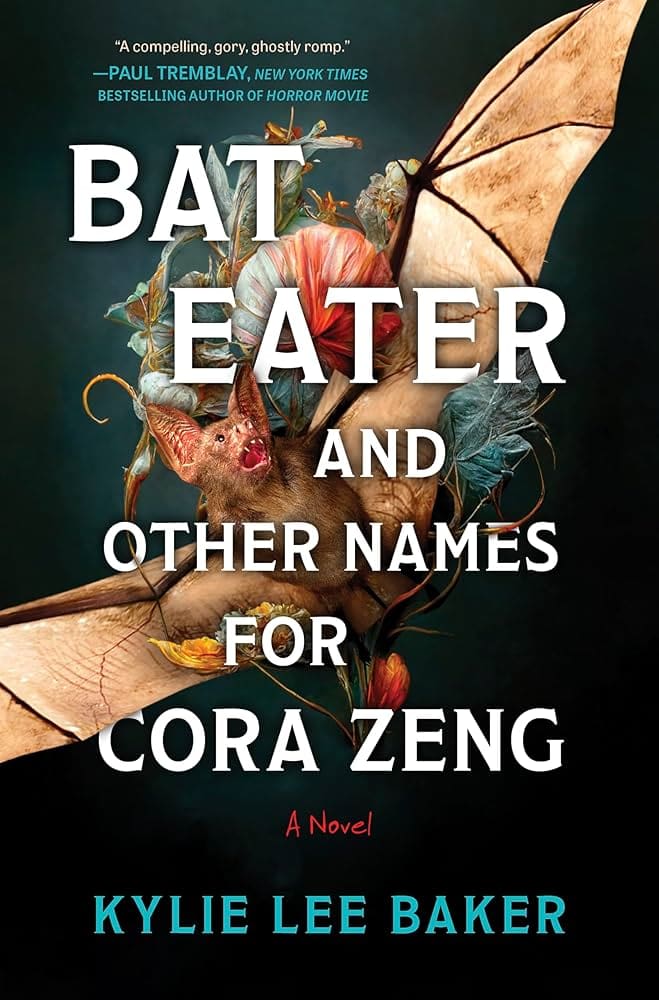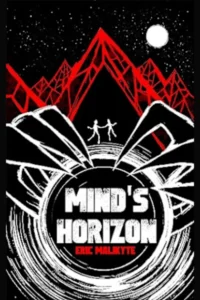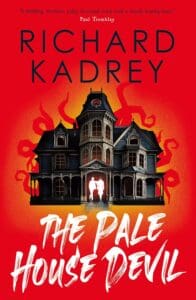
Synopsis:
Cora Zeng is a crime scene cleaner, washing away the remains of brutal murders and suicides in Chinatown. But none of that seems so terrible when she’s already witnessed the most horrific thing possible: her sister, Delilah, being pushed in front of a train.
Before fleeing the scene, the murderer shouted two words: bat eater.
So the bloody messes don’t really bother Cora—she’s more bothered by the germs on the subway railing, the bare hands of a stranger, the hidden viruses in every corner, and the bite marks on her coffee table. Of course, ever since Delilah was killed in front of her, Cora can’t be sure what’s real and what’s in her head.
She pushes away all feelings and ignores the advice of her aunt to prepare for the Hungry Ghost Festival, when the gates of hell open. But she can’t ignore the dread in her stomach as she keeps finding bat carcasses at crime scenes, or the scary fact that all her recent cleanups have been the bodies of East Asian women.
As Cora will soon learn, you can’t just ignore hungry ghosts.
Review:
After a couple of years in which submissions would announce in all caps, NO COVID STORIES, we seem to have finally reached the place where we’re willing to address what was arguably the most important and traumatic historical event of the twenty-first century and a clear precursor to the current rise of fascism in the US. That much of this work is now being done in the horror genre is highly appropriate.
Bat Eater and Other Names for Cora Zeng comes at this era from a unique angle, focusing on the wave of anti-Asian sentiment (and violence) that swept the nation in 2020.
Cora Zeng’s Chinese father has already fled home, deciding that America was not quite what it had promised, and her white mother is out of the picture, part of a cult upstate, leaving Cora adrift, trying to navigate the world of New York and her extended Chinese family. Her main anchor is her half sister, Delilah, but when Delilah is killed before Cora’s eyes in an apparent hate crime, Cora begins a devastating spiral.
Months later, Cora is a crime scene cleaner, mopping up the blood and viscera of various violent crimes in New York’s Chinatown, making almost-friends with her co-workers. And then the bats begin to appear.
Showing up at multiple crime scenes, the bats lead Cora and crew to believe that a serial killer is targeting Asian people. Soon after, Cora is visited by the ghost of her sister, and things get real weird as the little Scooby Gang attempts to solve the murders (which are apparently being covered up by the authorities), as well as deal with Cora’s haunting.
The book mixes Chinese traditional beliefs in with a modern thriller plot and adds in a fair share of psychological horror to boot, and the mix should be gangbusters. Instead, Bat Eater feels a little messy. Cora’s attempts to deal with the Hungry Ghosts is compelling and, well, haunting, but the serial killer plot feels rushed, and is riddled with plot holes, resolving in a way that if satisfying, is not quite believable.
Worse, underneath all of this is the question of Cora’s mental state. Mentions of past institutionalization and oblique references to mental illness call into question just how much of this is real at all. This brand of American Psycho-style unreliable narrator is having its day right now, but it doesn’t really do much for us here. At best, it’s one piece of Cora’s characterization, but at worst it’s an answer to the aforementioned plot holes, a kind of apology for the not-quite-believable resolution that implies that none of this was strictly real anyway.
Line by line, Baker is a strong writer, and for the most part, Cora’s head is an interesting, unique place to spend time, and the novel’s conceits are unique and should work well. Unfortunately, the execution leaves a little to be desired, and that, along with characters’ penchant for speaking in dramatic monologues, keeps Bat Eater and Other Names for Cora Zeng from quite landing.








Leave a Reply